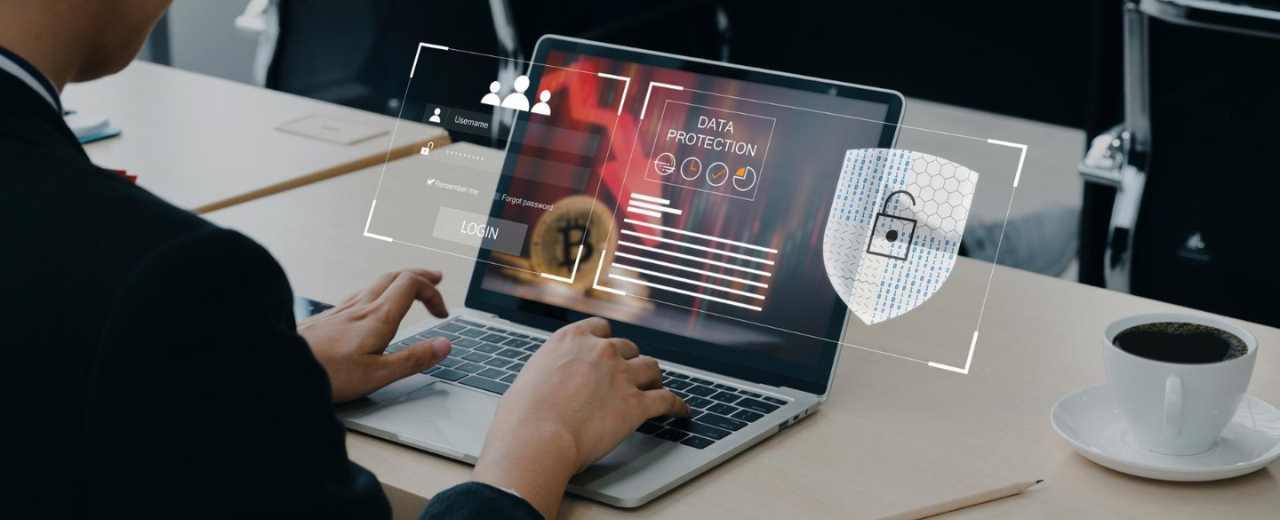Ransomware is becoming a lucrative business with increasingly advanced, frequent, and hard-to-spot attacks. These cyber threats are no joke for businesses, bringing about expensive repercussions. Once trapped in a data breach, organizations suffer significant setbacks, including operational halts, pricey recovery efforts, loss of sensitive information, damage to reputation, and even legal penalties.
Staying secure demands rock-solid protection. In the face of this surging danger, swiftly bouncing back and keeping operations running smoothly becomes a make-or-break factor in surviving cyber assaults and curbing data loss. In this blog, we will be discussing the strategies to combat and recover from sophisticated attacks.
Types of Ransomware
Ransomware has gone global. They’re targeting people and organizations everywhere. And they’re spicing things up.
In addition to the old ransomware tricks, cyber troublemakers are getting crafty. Picture this: they want not one, but two ransoms. One to unlock your data and backups and another to hush up your stolen info.
But that’s not all! Now, there’s a triple threat. The victim pays twice, then they hit up the victim’s clients too. It’s a ransomware circus, with everyone chipping in to avoid disaster.

Mentioned below are some of the common ransomware types:
Crypto Ransomware or Encryptors
Among the most detrimental variations, encryptors stand out. This category is recognized for its capability to lock away files and data stored within a system, rendering the content inaccessible unless a decryption key is provided.
Lockers
Lockers deny you access to your system, rendering your files and applications unreachable. The ransom demand is showcased on a lock screen, often accompanied by a countdown clock to intensify the urgency and compel victims into taking immediate action.
Scareware
Scareware is fake software that pretends to find computer issues, demanding payment to fix them. It either locks the computer or bombards the screen with pop-ups, sparing files from harm.
Doxware or Leakware
Leakware threats to share private info online, prompting panic and ransom payments to avert data exposure. The police-themed version masquerades as law enforcement, demanding fines to dodge supposed legal trouble.
RaaS (Ransomware as a Service)
Ransomware as a Service (RaaS) involves a skilled hacker hosting malware and orchestrating the attack process (spreading ransomware, collecting payments, restoring access), all for a cut of the profits.
How to Prevent Ransomware
Preventing ransomware requires a multi-faceted approach to safeguard your digital landscape. First, update your software and systems, closing vulnerabilities that cybercriminals exploit. Educate your team on phishing and suspicious attachments, urging cautious online behaviour, regularly backing up critical data offline, and ensuring recovery options if attacked. Secure your network with robust cybersecurity solutions, including firewalls, anti-malware, and intrusion detection systems.
Segment networks to limit lateral movement for attackers and establish least privilege access to restrict unauthorized entry. Employ email filtering to weed out potential threats, and consider disabling macros in office files. Conduct routine security assessments and penetration tests to identify weaknesses.
Develop an incident response plan for swift action if targeted. Train staff to recognize and report potential threats promptly. Lastly, foster a cyber awareness and responsibility culture to fortify your defence against ransomware.
Effective ransomware prevention strategies include:
Security of backup data and systems
Businesses should opt for an up-to-date backup and recovery system that offer a global data overview. This system must adhere to Zero Trust security principles, ensuring restricted access and segregated duties. It should boast robust security elements such as immutable snapshots, data encryption, and rigorous data writing and reading rules. Additionally, the system should be prepared for issues and provide protective options.
Reduction of unauthorized access
Organizations can mitigate data theft and loss by restricting data access by implementing contemporary data security and data management solutions equipped with ransomware prevention capabilities. These features include multi-factor authentication (MFA), monitored modification or four-eyes on changes, and granular and role-based access control (RBAC).
Recognition of attacks
Companies using up-to-date backup and recovery systems can tap into advanced ransomware protection powered by artificial intelligence and machine learning (AI/ML). These new tools use intelligent anomaly detection and threat intelligence to swiftly spot ongoing ransomware attacks and alert teams automatically. Moreover, modern data security platforms also feature cyber vulnerability detection, enhancing defences against ransomware assaults.

Recovery from Sophisticated Attacks
Organizations can turn to cutting-edge data security and management tools when recovering from a ransomware attack. These tools offer “immutable” snapshots or isolated data – unalterable and safe – which can efficiently restore vast amounts of unorganized data, virtual machines, and databases. This restoration can occur across various time frames and locations.
Ransomware recovery isn’t just a choice; it’s a vital part of a solid cyber resilience plan. It’s the method through which an organization swiftly and adaptably regains access to data that malicious cyber attackers have locked up and snatched, demanding a ransom for release.
Know How to Achieve Cyber Resiliency
- Find Vulnerabilities: Look closely at your organization’s systems to find any weak spots, determine where data is stored, and see who can access it.
- Set Goals: Determine your recovery time objectives (RTO) and recovery point objectives (RPO).
- Make a Plan: Create a backup and recovery plan with clear steps and ensure everyone knows their role.
- Get the Right Tools: Use tools like Cloud Data Management platforms to safeguard your organization, save time, and cut costs if hit by ransomware.
- Plan for Recovery: Make sure your recovery plan keeps your business going. Consider features like getting back individual files, quick data access, and ensuring data can’t be changed.
- Practice: Test your data recovery plan to be ready in case of an actual cyberattack.
Ransomware Services
If ransomware breaches your prevention efforts, mitigate your exposure by contacting Green Method, one of the best cybersecurity solution providers in the UAE. At Green Method, our expertise lies in cyber resilience – we support mitigating cyberattacks and emerge even more robust. Our team consistently integrates cutting-edge cybersecurity solutions, rigorous testing protocols, and adept security advisory skills, ensuring our pre-emptive stance against potential threats. For further details, connect with Green Method.
